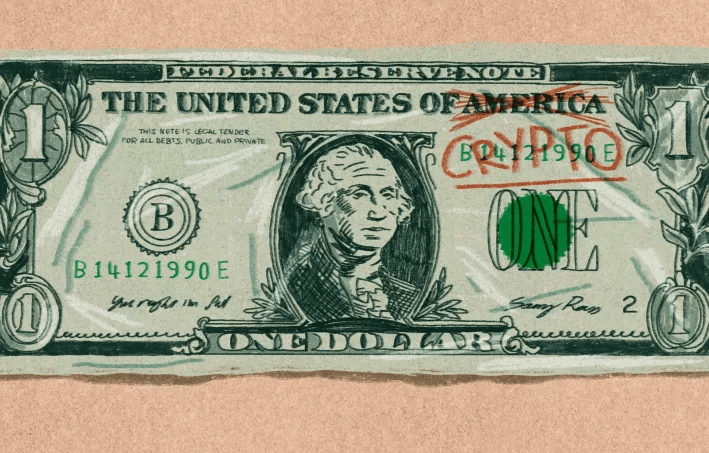The Crypto-Dollar Surge and the American Opportunity
September 03, 2020 @ 21:30 +03:00
Stablecoins are a hot commodity. Over $16 billion of them circulate in the wild today, up from $4.8 billion to start the year. Mostly these are issued outside of the U.S., and so are largely unaccountable to financial regulators. If they keep growing, U.S. policymakers, in particular those in the state of New York, will have to stomach the loss of their dominance over dollar clearing. But because stablecoins represent a powerful neutral financial infrastructure, the U.S. should welcome their ascendance regardless.
In February, I wrote that U.S. regulators should embrace the potential of stablecoins as continued instruments of dollar dominance. I stressed the potential welfare benefits of allowing savers in countries with inflationary regimes to engage with currency substitution without relying on the bank sector. Since February, the outstanding supply of stablecoins has grown from around $5.5 billion to $16 billion and their daily settled value has grown from about $1 billion daily to $4 billion daily. This phenomenon is no longer localized to the crypto industry. It has begun to cause geopolitical reverberations.
Stablecoins make for an excellent tool to avoid capital controls in oppressive monetary regimes. Chainalysis has reported that tether (USDT) is extremely popular in China, even recently exceeding bitcoin’s (BTC) usage in the region. It’s important to understand that the popularity of stablecoins or “crypto-dollars” is not solely due to their digital nature but because of the transactional freedom that they offer to users.
Now, U.S. policymakers reading this might feel a profound sense of unease. New York is the center of the dollar universe. SWIFT, which the U.S. effectively controls, is unambiguously an instrument of power projection abroad. And the Federal Deposit Insurance Corp. and Department of Justice have a habit of expressing political prescriptions through informal bank guidance and veiled threats. Touch a dollar anywhere – even in a transaction in which neither counterparty is American – and you’re obliged to Uncle Sam.
But these tools are wearing blunt with overuse. The more the U.S. threatens sanctions, the greater the incentive for its peers – allies included – to seek out alternatives. The more risk-averse and puritanical banks become, the stronger the tailwinds for non-bank alternatives. The more dissidents are de-platformed from U.S. payment processors, the better neutral alternatives start to look.
Perhaps catalyzed by the growth of stablecoins, or more likely by the announcement of Facebook’s libra or China’s DCEP, various branches of the Federal Reserve are now industriously pursuing a “digital dollar.” But would such a project, regardless of its final form, grant transactors the autonomy that they deserve? Would a digital cash system produced by the Fed consist of an instant-settling, private bearer asset, as is the case with physical cash? Would an American central bank digital currency be able to credibly guarantee that its rich database wouldn’t be plundered in real time by Homeland Security, Immigration and Customs Enforcement or the Federal Bureau of Investigation, as Larry White has wondered?
Today, the U.S. is still the center of gravity as far as bitcoin and the crypto-dollar ecosystem are concerned. This is a significant advantage that should not be squandered. Policymakers should be thanking their lucky stars that a putative successor to the U.S’ financial infrastructure is a largely American phenomenon. The U.S. can continue to muddle down an increasingly exclusionary path and punish subscribers to its financial infrastructure by burdening them with political dictates, or it can embrace a neutral alternative. Self-disruption would be a significant bullet to bite, but it suits the U.S. Values like liberty, privacy, free enterprise and personal autonomy are embedded into our Constitution and social fabric. One can hardly think of a better nation to underwrite a shift to a truly neutral payments and settlement infrastructure.
The Crypto-Dollar Surge and the American Opportunity, CCN, Sep 3







